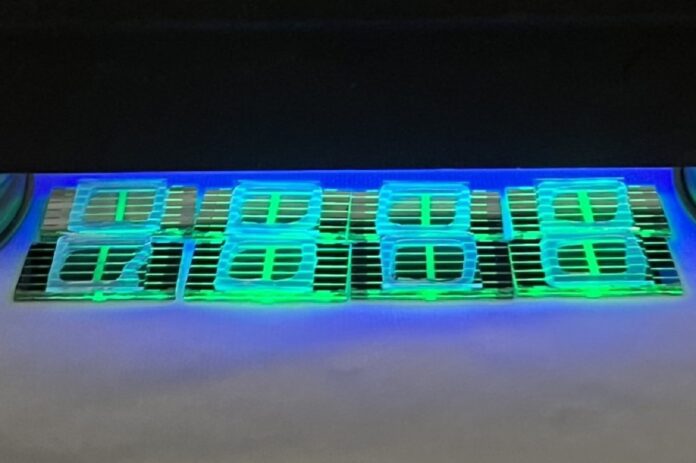Next-generation Light-Emitting Diodes (LEDs) have been the focus of intense research and development to achieve higher efficiency, brightness, and cost-effectiveness. In recent studies, researchers explored the application of a specific molecular additive to enhance the performance of these LEDs further. The additive showed promising results in improving the LEDs’ optical properties and overall efficiency.
However, during the investigation, an unexpected and concerning issue emerged: the molecular additive appeared to shorten the LEDs’ lifespans significantly. This study examines the trade-offs between performance enhancement and decreased longevity in next-gen LEDs.
Stanford researchers at Stanford University aimed to improve the manufacturing process of LEDs by testing a method to enhance the brightness and efficiency of perovskite LEDs (PeLEDs), a cheaper and easier-to-make alternative to conventional LEDs. While their enhancements boosted performance, the PeLEDs showed a significant drawback – fizzled out within minutes.
This study highlights the crucial trade-offs that need to be understood and addressed to advance this class of materials further. Perovskite LEDs have the potential to revolutionize lighting technology. However, carefully considering their lifespan and stability is essential for successful implementation.
Daniel Norbert Congreve, assistant professor of electrical engineering and senior author on the paper, published Aug. 1 in Device, said, “We took some big steps towards understanding why it’s degrading. The question is, can we find a way to mitigate that while keeping the efficiency? If we can do that, we can start working towards a viable commercial solution.”
Researchers have been exploring Perovskite LEDs (PeLEDs) as a promising alternative to traditional LEDs to create more energy-efficient lighting. PeLEDs use a semiconductor called metal halide perovskites, which can be grown on less expensive glass substrates or even painted onto glass, simplifying the production process. This could make energy-efficient indoor lighting more accessible, reducing energy demand and improving color purity in smartphone and TV displays.
However, current PeLEDs face challenges such as short lifespans and lower energy efficiency due to defects in the perovskite’s atomic structure. Addressing these issues will be crucial in advancing the potential of PeLEDs as a widespread lighting solution.
To address the issues with PeLEDs, researchers developed a technique that replaces 30% of the perovskite’s lead atoms with manganese, significantly improving brightness and efficiency and extending the lifespan to 37 minutes from less than one minute. This substitution also reduces health risks associated with toxic lead. Additionally, by mixing a phosphine oxide called TFPPO into the perovskite, the lights became up to five times more energy-efficient, producing one of the brightest glows recorded in PeLEDs. However, the gains in efficiency and brightness came at the cost of a shorter lifespan, with the lights fading to half their peak brightness in just two and a half minutes.
According to Fernández, transforming electrical energy into light in PeLEDs with TFPPO becomes less efficient over time compared to those without it, mainly due to increased obstacles in charge transport within the PeLEDs. While TFPPO initially fills gaps in the perovskite’s atomic structure, these gaps quickly reopen, reducing energy efficiency and durability.
Fernández plans to experiment with different phosphine oxide additives to understand their effects and find ways to improve stability for potential commercialization. In parallel, Congreve’s lab is addressing other limitations of PeLEDs, including their difficulty in producing violet and ultraviolet light.
Recent research in the journal Matter shows promising results with water addition, enabling PeLEDs to emit bright violet light more efficiently, opening possibilities for various applications such as medical equipment sterilization, water purification, and indoor crop growth at a more affordable cost than conventional LEDs.
Journal Reference:
- Sebastian Fernández 1, William Michaels, et al., Trade-off between efficiency and stability in Mn2+-doped perovskite light-emitting diodes.Device.DOI:10.1016/j.device.2023.100017.
